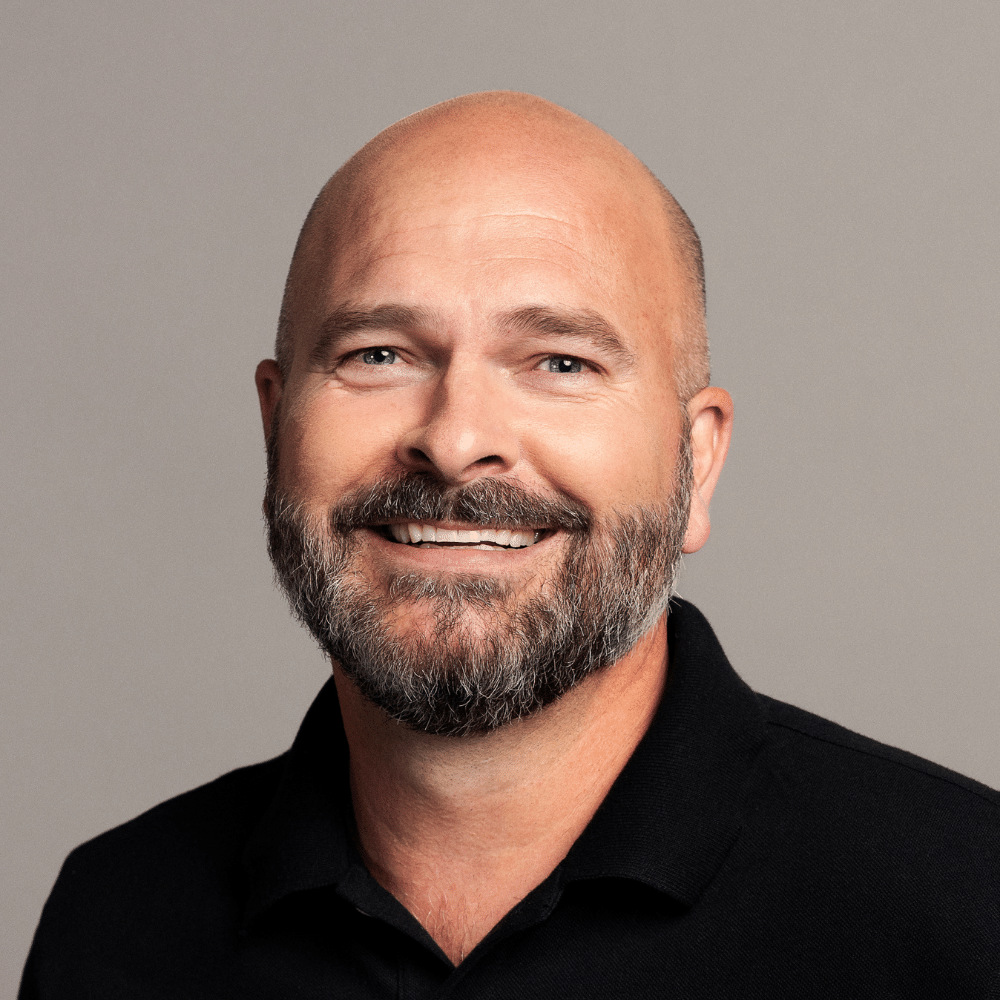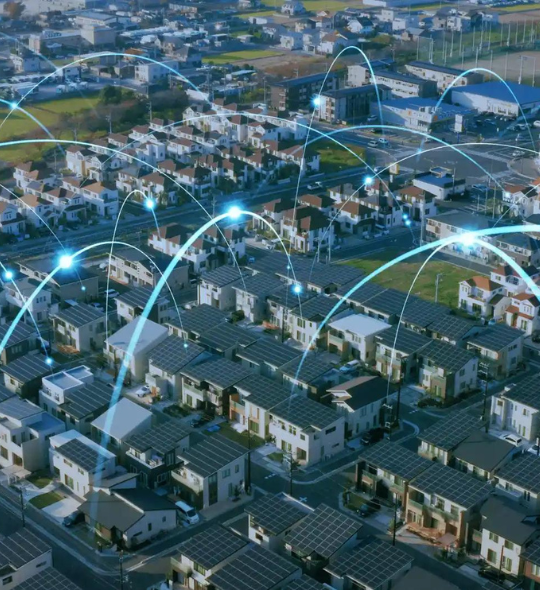
We need to change how grid stability is maintained if we want to reap the full benefits of the green transition.
TL;DR
-
Most renewable generators feed power to the grid in a different way than legacy generators.
-
More needs to be done to ensure grid stability as the energy sector continues to transition.
-
New hardware and software solutions are available to improve grid stability and make the most of clean technologies.
Keeping your balance sheet on an even footing takes constant work. Keeping the grid balanced is just as demanding. An unbalanced grid creates costs for businesses, but the solutions are expensive and complicated.
So how do you access the resources you need to stabilize your grid (and keep that balance sheet in the green)?
Electricity can’t be stored in the transmission system, so demand and supply must remain equal, otherwise the grid fails. Too much demand and you get blackouts. Too much supply raises the frequency and voltage, tripping systems and potentially damaging equipment.
While distributed and decentralized energy assets (like wind and solar) are valuable sources of clean energy, they introduce complexity to grid management. To accelerate the adoption of clean technology, we need to make the grid more stable.
New technologies are showing that there are ways to boost clean energy and improve grid stability at the same time.
As the grid changes so does stability management
As a wider range of variable generation sources come online, it is becoming harder to keep the grid operational. Wind, solar and most other renewables differ from fossil fuel generation; they can impact grid inertia.
Grid inertia refers to the kinetic energy that is stored in large, spinning (synchronous) generators. A standard electricity generator’s rotating mass helps even out fluctuations in frequency, since it spins for a few seconds even after a power plant goes down (similar to how room fans don’t immediately stop spinning after they are turned off). That gives the grid time to readjust.
As more legacy generators are shut down, grid inertia is decreasing. This is because most renewables use inverters (instead of rotating generators) to convert DC power to AC power.
If there is insufficient inertia to cover supply changes, then frequency and voltage can change. This creates a cascade effect as inverter-based technologies switch off en masse to protect equipment from damage.
While inverter-based technologies can respond almost instantly, most still use grid-following controls. The energy they produce matches the grid’s current frequency and voltage: if grid frequency is already wavering, these generators can’t reset it.
As Daniel Brooks, VP of integrated grid and energy systems at the Electric Power Research Institute explains:
“We’ve designed and controlled the [grid] to take advantage of the characteristics of synchronous generators […so] now you’ve got a problem with the way you control the grid for reliability reasons, because the inverters have an entirely different set of characteristics and capabilities.”
Spinning generators have historically been used to set, or form, the grid’s frequency (known as grid-forming mode), which is why the grid needs to innovate to make the most of the green transition.
Using cleantech solutions to support grid stability
One way to increase inertia is to repurpose spinning generators from decommissioned fossil fuel plants. These generators can then be connected to the grid and turned into kinetic batteries.
A similar option is the use of custom-made synchronous condensers—spinning machines that provide a kinetic buffer for the grid. ABB is currently installing such machines in the Faroe Islands, as the region plans to use 100 percent renewable energy by 2030.
Grid operators overseeing a lot of wind and solar—like ERCOT in Texas—have also mandated that new generators are able to stabilize frequency. ERCOT did this in 2012, stipulating that all new generators increase or decrease output to stabilize frequency.
Hardware and software solutions are helping bolster grid stability. But in practice, funding for these solutions remains an obstacle.
Alongside hardware solutions, innovative software is also helping improve grid stability. Virtual synchronous generators can electronically imitate the stabilizing features of conventional generators. In May 2022, researchers at the National Renewable Energy Laboratory (NREL) conducted the first demonstration of this technology, using a wind turbine as a virtual synchronous generator in grid-forming mode.
“A common variety of wind turbine can serve the same underlying voltage and frequency stability services that are often provided by fossil fuel power plants,” notes NREL chief engineer Vahan Gevorgian.
As more renewables come online, hardware and software solutions are helping bolster grid stability. But in practice, funding for these solutions remains an obstacle.
Energy users with renewable generation capacity, including behind-the-meter, battery, and distributed assets, often lack the funding to upgrade or improve these solutions. Rising inflation is also cutting into profits, putting pressure on energy users to save money and energy.
As the grid gets smarter, more solutions will be needed to keep the grid stable and realize the full potential of clean technologies.
How EnPowered helps energy users support the grid
Balancing both the grid and your bottom line is complicated for businesses to manage on their own. EnPowered Payments—our on-bill payments platform—will help you acquire the cleantech solutions you need to reduce emissions, costs, and grid instability.
With Payments, you will enhance your company’s value proposition by making it easier for your customers to pay for solutions, through their future energy savings.
Payments allows energy users to take possession of their chosen solution right away, with no upfront costs, and minimal customer-facing risk. As businesses pay for their energy efficiency assets, they will have the opportunity to unlock more stalled projects.
Ready to learn more? Contact us today to discover how Payments can help you stand out from competitors and sell more.





